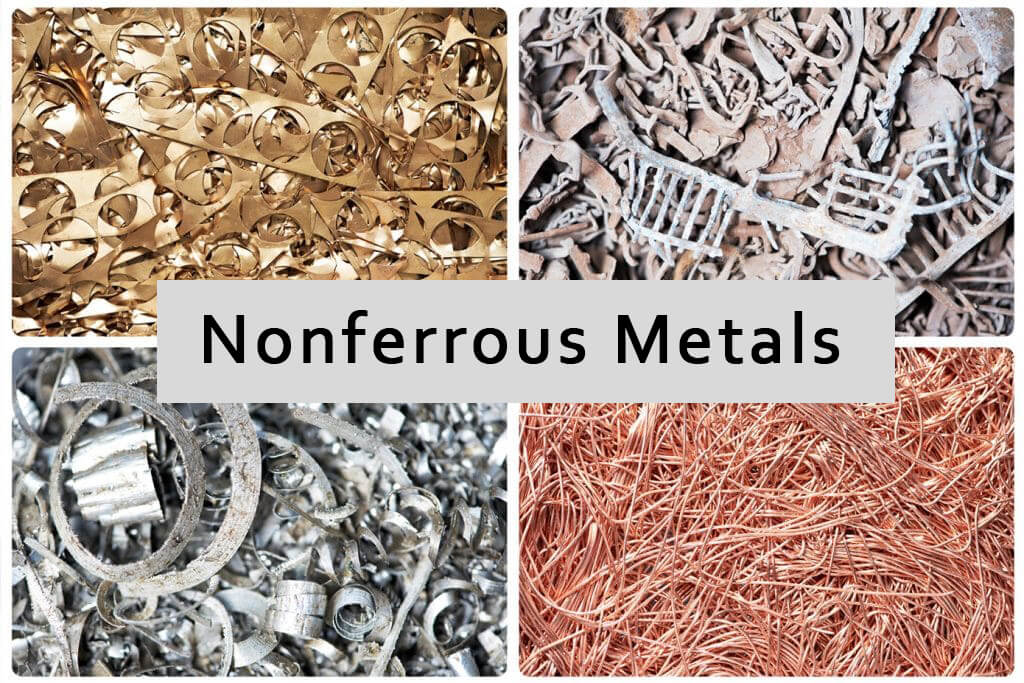Beneficiation and process of non-ferrous metals according to conventional methods
The vast majority of non-ferrous metals are beneficiated with flotation, a small part with magnetic separation and gravity separation, and some with chemical separation and electric separation. As a result of differences in mineral physical or chemical characteristics, existing beneficiation processes dissociate minerals to select qualified concentrates.
The flotation method involves crushing and grinding the raw ore to fully dissociate the minerals. As a result of the action of the agent, the useful minerals are attached to the bubbles, and the useless minerals remain in the pulp.
- Flotation separation is performed through a conventional process of “one coarse, two sweeps, and three selections”. Examples include chalcopyrite, galena, and spodumene.
- Magnetic separation uses the magnetic principle of minerals to distinguish between minerals with strong magnetic properties, medium magnetic properties, and weak magnetic properties. Minerals and gangue are separated by magnetic separation in chalcopyrite, wolframite, etc.
- Gravity separation provides a method for separating nonferrous metals with high density and minerals with very different specific gravities. The purpose of sorting minerals is achieved when mineral particles with different specific gravities move in the same medium and are loosened by gravity and medium resistance. Examples of these minerals include wolframite, zircon, and cassiterite.
By using a high-voltage electric field, electro-separation uses the different conductivity of minerals and gangue to separate minerals. The separation of scheelite from cassiterite, the separation of tantalum-niobium ore from garnet, etc.
There are chemical differences between minerals and components when using the chemical method. By leaching with acids and ammonia, solid metal minerals are dissolved into liquids. To produce copper sulfate solution from malachite ore, dilute sulfuric acid is used to soak the ore, and copper ions are replaced with iron ions. It is possible to obtain copper enriched with ions.
All in all, most non-ferrous metals have low overall grades in nature, and minerals can be enriched only through crushing-grinding-flying magnetic gravity electrochemistry. However, the tailings caused by the above process waste a lot of electricity, chemicals, etc., resulting in high selection costs.
Learn more about beneficiation products.
Whatsapp:+86 133 1927 7356
Email:[email protected]

